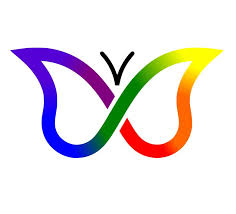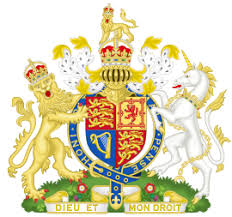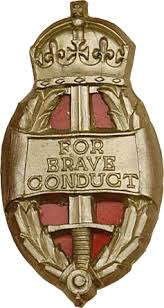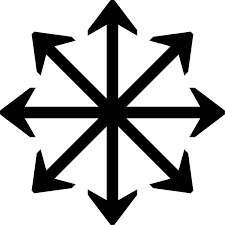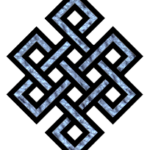
Karma symbol
| Symbol | Karma |
| Origin | The Karma symbol in Freemasonry traces its roots to ancient Eastern philosophy, particularly Hinduism and Buddhism, where it represents the law of cause and effect. |
| Meaning | In Freemasonry, the Karma symbol signifies the interconnectedness of actions and their consequences, emphasizing the importance of moral and ethical behavior. |
| Appearance | The Karma symbol in Freemasonry often takes the form of interlocking circles or an intricate geometric pattern, symbolizing the interconnected nature of all things. |
| Colors | The colors associated with the Karma symbol in Freemasonry can vary, but often include shades of gold, blue, and white, representing enlightenment, purity, and spiritual growth. |
| Usage | Freemasons may incorporate the Karma symbol into their rituals, regalia, and symbolic artwork to convey philosophical concepts related to morality, virtue, and personal growth. |
| History | The Karma symbol has been used in Freemasonry for centuries, reflecting the fraternity's interest in ancient wisdom traditions and philosophical teachings. |
| Popularity | The Karma symbol holds significance within Freemasonry, but its popularity may vary among different lodges and jurisdictions. |
| Importance | Within Freemasonry, the Karma symbol serves as a reminder of the moral principles and ethical responsibilities that members are encouraged to uphold. |
| Complexity | The concept of Karma itself is multifaceted and complex, reflecting the intricate nature of cause and effect and the interconnectedness of all beings. |
| Emotions | The Karma symbol in Freemasonry may evoke feelings of introspection, responsibility, and a sense of interconnectedness with the universe and fellow human beings. |
Karma: Symbolism Across Traditions
While there isn’t one universally recognized symbol for karma, several powerful images capture its essence across various cultures and traditions. Here are a few notable examples:
- The Wheel of Karma: This common symbol depicts a چرخ spinning wheel, representing the continuous cycle of cause and effect. Each section reflects the consequences of our actions, good or bad, influencing our future lives.
- The Yin-Yang: This familiar symbol from Taoism embodies the interconnectedness and balance between opposing forces. It reflects karma’s principle of actions having equal and opposite reactions, emphasizing the interconnectedness of everything.
- The Endless Knot: This intricate knot, found in Buddhism and Hinduism, symbolizes the unending cycle of rebirth and the interconnectedness of all beings. It reminds us that our actions are never isolated and have consequences that ripple outwards.
- The Lotus Flower: In Hinduism and Buddhism, the lotus flower, emerging from muddy water to bloom into purity,represents spiritual growth and liberation from the karmic cycle. It signifies the potential for transformation and achieving enlightenment through good deeds.


